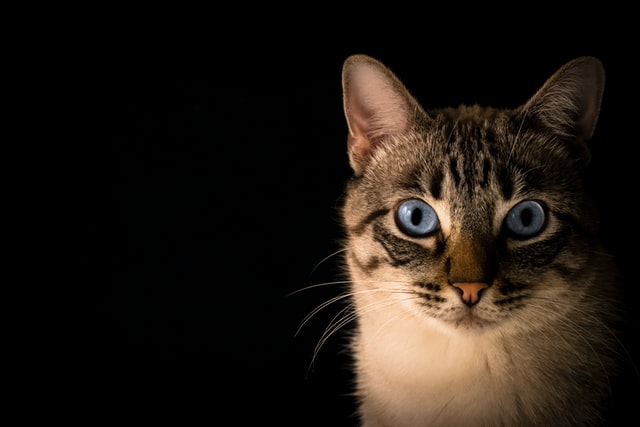Narimes Parakul writes Why your cat does these 6 things, according to science:
Having a cat (or several) can add companionship and warmth to any household. As you share each other’s space, however, you may have noticed a few quirks that your cat exhibits, varying from adorable to plainly bizarre.
Emma Grigg, animal behaviorist with the UC Davis School of Veterinary Medicine, said understanding cat behavior can be extremely beneficial for cat owners. “People who know more about their cats and understand cat behavior better tend to have better bonds with their cats. This enables us to really appreciate them more for who they are,” said Grigg. Here, she answers some of the internet’s most commonly asked questions about cats and their sometimes confusing behavior.
Knead the blanket? Cat owners may notice their cat kneading soft surfaces from time to time, be it blankets or their human. Grigg said this behavior is most likely carried over from their days as kittens. When they nurse, kittens tend to knead on their mother to help the milk release and as a comforting behavior. “When they do it on a favorite person or bed, it’s a self-soothing behavior. With humans, it’s almost like a sign of the bond: ‘You are someone who is important to me, and I’m comfortable.’ So it’s a good thing,” said Grigg.
Chitter when they see birds? Although the exact reasoning behind the occasional chirps from cats when they watch prey is unclear, animal behaviorists believe the sound reflects their excitement, particularly when they see prey they cannot catch. Likewise, cats wagging their bodies before pouncing on toys could serve multiple purposes, including priming their muscles to make a jump or to get a better view of the prey and improve their depth perception.
(Remaining 4 behaviors @ Parakul’s article.)

